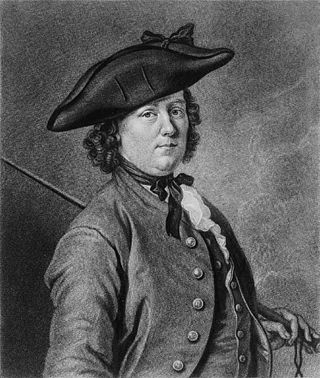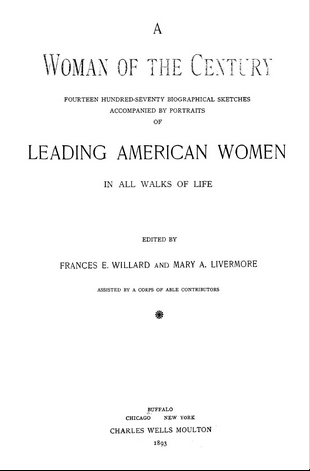First-wave feminism was a period of feminist activity and thought that occurred during the 19th and early 20th century throughout the Western world. It focused on legal issues, primarily on securing women's right to vote. The term is often used synonymously with the kind of feminism espoused by the liberal women's rights movement with roots in the first wave, with organizations such as the International Alliance of Women and its affiliates. This feminist movement still focuses on equality from a mainly legal perspective.

Women have been serving in the military since the inception of organized warfare, in both combat and non-combat roles. Their inclusion in combat missions has increased in recent decades, often serving as pilots, mechanics, and infantry officers.

Many people have engaged in cross-dressing during wartime under various circumstances and for various motives. This has been especially true of women, whether while serving as a soldier in otherwise all-male armies, while protecting themselves or disguising their identity in dangerous circumstances, or for other purposes.
Ehyophsta was a Cheyenne woman warrior. She was the daughter of a chief, Stands-in-the-Timber, who died in 1849, and the niece of Bad Faced Bull. She fought in the Battle of Beecher Island in 1868, and also fought the Shoshone that same year, where she counted coup against one enemy and killed another. She fought the Shoshone again in 1869, and during battle she stabbed and killed an enemy, saving a member of her own people.

Onna-musha (女武者) is a term referring to female warriors in pre-modern Japan, who were members of the bushi (warrior) class. They were trained in the use of weapons to protect their household, family, and honour in times of war; many of them fought in battle alongside samurai men.
King Sansang of Goguryeo was the 10th ruler of Goguryeo, the northernmost of the Three Kingdoms of Korea. He was the third son of the eighth king Sindae and the younger brother of the ninth king Gogukcheon, who died without an heir.

Alexandra Gripenberg, also known as Alexandra van Grippenberg, was a Finnish social activist, author, editor, newspaper publisher, and elected politician, and was a leading voice within the movement for women's rights in Finland at the turn of the 20th century. She was also known as a Fennoman.
Bibi Sahib Kaur (1771–1801) was a Sikh princess and elder sister of Raja Sahib Singh Sidhu of Patiala.
A variety of roles were played by women in post-classical warfare. Only women active in direct warfare, such as warriors, spies, and women who actively led armies are included in this list. James Illston says,
Women have played a leading role in active warfare. The following is a list of prominent women in war and their exploits from about 1500 up to about 1699.
Women have contributed to military activities including as combatants. The following list describes women known to have participated in military actions in the 18th century. For women in warfare in the United States at this time, please see Timeline of women in war in the United States, pre-1945.

Xiao Chuo, nickname Yanyan, also known as Empress Dowager Chengtian (承天皇太后) was a Khitan empress and military leader of imperial China's Liao dynasty. She was regent on behalf of her son from 982.
Sarah Davids Bills Fish (1798–1868) was a 19th-century American suffragist and abolitionist. She has been variously known as Sarah Fish, Sarah D. Fish, Sarah David Bills, and Sarah David Bills Fish.
Lady Ichikawa was a Japanese female warrior (Onna-musha) from the Sengoku period who helped drive out Ouchi and the Otomo clan from Chugoku. She was the wife of Ichikawa Tsuneyoshi, a samurai warlord and retainer of Mōri Motonari. She defended Konomine castle from the attack by Ōuchi.

A Woman of the Century: Fourteen Hundred Seventy Biographical Sketches, Accompanied by Portraits of Leading American Women, in all Walks of Life is a compendium of biographical sketches of American women. It was published in 1893 by Charles Wells Moulton. The editors, Frances E. Willard and Mary A. Livermore, were assisted by a group of contributors.

Mary Beaumont Welch was an American educator and suffragist. Welch, who taught at what later became Iowa State University, developed the first home economics classes given for college credit. She also wrote the first book on the topic called Mrs. Welch's Cookbook, publishing in 1884.

Susan Law McBeth was the Presbyterian missionary to American Indians and author. She worked among the Choctaw in Indian Territory and, for two decades, among the Nez Perce in Idaho. She was fondly called as "little mother” by the Nez Perce.

Eliza Croghan Griffin Johnston was an American wildflower painter and diarist. She was the second wife of Confederate General Albert Sidney Johnston.








